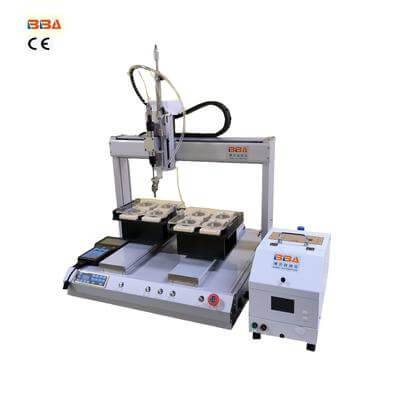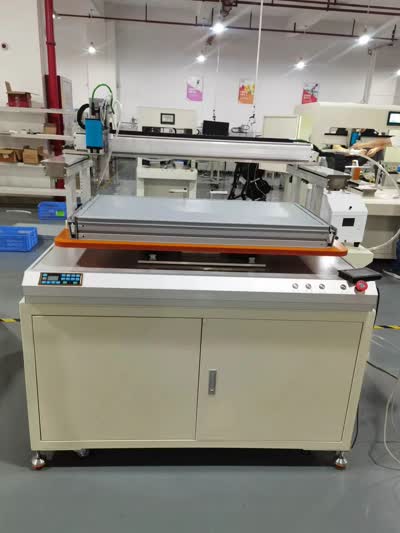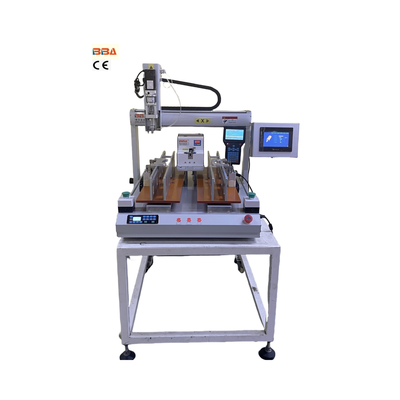10 Things to Consider Before Buying a Robotic Screwdriver | Automated Fastening Guide
10 Things to Consider Before Buying a Robotic Screwdriver
Integrating automation into your assembly line is a significant step towards enhanced efficiency and productivity. A robotic screwdriver is a pivotal component in many automated systems, designed to perform repetitive fastening tasks with precision and speed. However, selecting the right system requires careful evaluation of your specific needs and the capabilities of the equipment. Here are ten critical factors to consider before making your investment.
1. Application Requirements
Begin by thoroughly analyzing your application. What type of screws are you using? What is the required torque and speed? Understanding the specifics of the fastening process, including the materials being joined and the required precision, is the foundation for selecting a suitable model.
2. Torque Accuracy and Control
Precise torque control is non-negotiable for ensuring product quality and preventing damage. Look for a system that offers high accuracy and repeatability. Features like real-time torque monitoring and automatic shut-off upon reaching a set torque are essential for consistent results.
3. Speed and Cycle Time
The driving speed directly impacts your production cycle time. Evaluate the number of screws per minute the system can drive and ensure it meets your output targets without compromising on accuracy.
4. Flexibility and Changeover
If your production line handles multiple products with different screw types, flexibility is key. Consider how easily the system can be reprogrammed and physically reconfigured for new tasks. Quick-change tooling and user-friendly software can drastically reduce downtime.
5. Integration with Existing Systems
The robotic screwdriver must seamlessly integrate into your current workflow. Assess its compatibility with existing machinery, conveyor systems, and control software. A system that is difficult to integrate can lead to significant delays and additional costs.
6. Ease of Programming and Operation
A user-friendly interface is crucial for operators. Intuitive software that allows for easy programming of new fastening patterns and torque settings will minimize training time and reduce the potential for errors.
7. Reliability and Durability
Industrial environments demand robust equipment. Investigate the build quality, the durability of key components like the motor and feeder, and the manufacturer's reputation for reliability. A dependable system minimizes unexpected maintenance and production halts.
8. Maintenance and Support
Understand the maintenance requirements. How often does it need servicing? Are replacement parts readily available? Equally important is the quality of technical support provided by the supplier. Responsive customer service is invaluable.
9. Safety Features
Safety must be a top priority. Ensure the system is equipped with necessary safeguards such as emergency stop buttons, protective casings, and sensors that detect misaligned screws or other errors to protect both the equipment and operators.
10. Total Cost of Ownership (TCO)
Look beyond the initial purchase price. Consider the total cost of ownership, which includes installation, training, maintenance, energy consumption, and potential future upgrades. A cheaper initial investment might lead to higher costs over the system's lifespan.
Choosing a robotic screwdriver is a strategic decision that influences your operational efficiency for years to come. By meticulously evaluating these ten aspects, you can select a system that not only meets your current production demands but also offers the scalability and reliability needed for future growth. A well-chosen automated fastening solution will deliver a strong return on investment through improved quality, consistency, and throughput.
| Product Name | Applicable industries |
| Automatic Screw Feeder | Laptop and Tablet Assembly |



